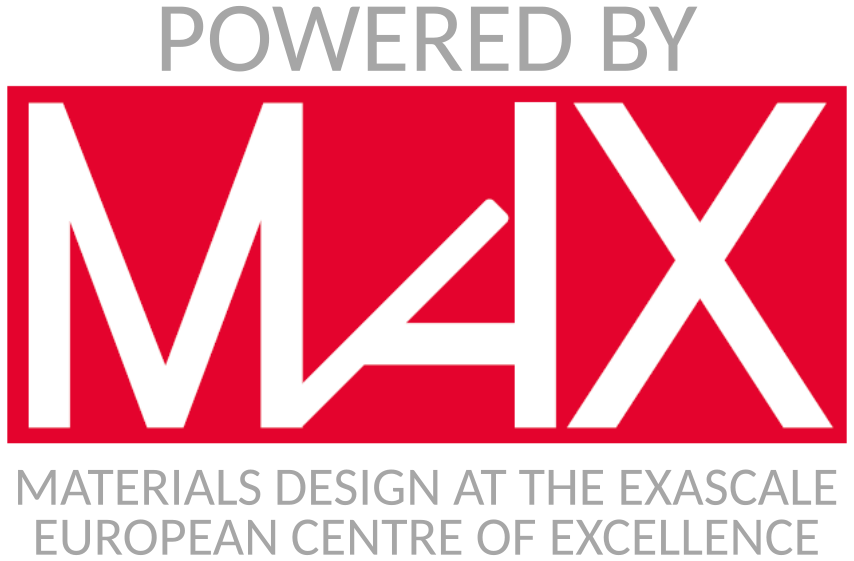Quantum ESPRESSO currently supports Norm-Conserving (NC), Ultrasoft (US), and Projector-Augmented Wave (PAW) pseudopotentials (PPs). NC PPs are treated using their separable (Kleinman-Bylander) form. Some calculations (e.g. meta-GGA functionals, Gamma-only phonons, third-order energy derivatives, such as Raman cross sections and anharmonic force constants, and others) are only implemented with NC PPs; CP does not yet support PAW.
Quantum ESPRESSO uses a unified PP format (UPF) for all types of PPs and still accepts a number of older formats. The directory upftools in the distribution contains utilities that convert to UPF several PP formats used by other electronic-structure codes.
Several ready-to-use pseudopotential libraries are available, including the Standard Solid State PP library in the Materials Cloud and PSlibrary. The former is a curated library, gathered in from different sources and validated against uniform accuracy end efficiency criteria; when you use it please aknowledge also the original sources as indicated in the SSSP page.
A few clickable PP tables, which used to be distributed with Quantum ESPRESSO and are no longer maintained, are available in the menu on the left. An incomplete list of other libraries includes:
- PseudoDojo, containing a complete set of PPs and PAWsets, with tests.
- The sg15 database of optimized normconserving Vanderbilt PPs (ONCV). Available on the quantum-simulation.org web site. See also Don Hamann's GitHub project.
- PAW datasets for rare earths, available on the web page of VLab at Columbia University.
- PAW datasets for Actinoids, available on the University of Marburg website
- PPs for GIPAW calculations can be found on Davide Ceresoli's GitHub repository.
- The NNIN PP Vault at Cornell
- For US PPs: CAMPOS PP library
- The collection of PP data of Abinit
- Hartwigsen-Goedecker-Hutter PPs from CPMD, by Matthias Krack
- The GBRV high-throughput pseudopotential page, by David Vanderbilt’s group.
- Selected norm-conserving PPs for SCAN
If nobody else has produced the PP you need, you may want to generate it, e.g. using the ld1.x atomic PP generation code included in the Quantum ESPRESSO distribution and starting from one of the PSlibrary input files that most closeley suit your needs.
An incomplete list of other PP generation codes includes:
- Natalie Holzwarth’s atompaw code (PAWsets)
- David Vanderbilt’s code (UltraSoft PPs, includes most generation data)
- OPIUM (Norm-Conserving PPs)
- APE: Atomic Pseudopotentials Engine (Norm-Conserving PPs)
- Don Hamann’s onsvpsp code (Norm-Conserving, fully relativistic PPs), see this message for instructions
- The Fritz Haber code (Norm-Conserving PPs)
- José-Luís Martins’ code (Norm-Conserving PPs)
All the above codes but the last produce PPs in one of the supported formats. The PPs produced by the last one can be converted to UPF using the utilities contained in the directory upflib of the Quantum ESPRESSO distribution.
Remember:
- Always test the PPs on simple test systems before proceeding to serious calculations.
- If you use PPs generated by others, please give full credit to the authors. If you are unsure how to proceed, see this page for a few examples of of polite acknowledgment).
Last modified October 28, 2020


